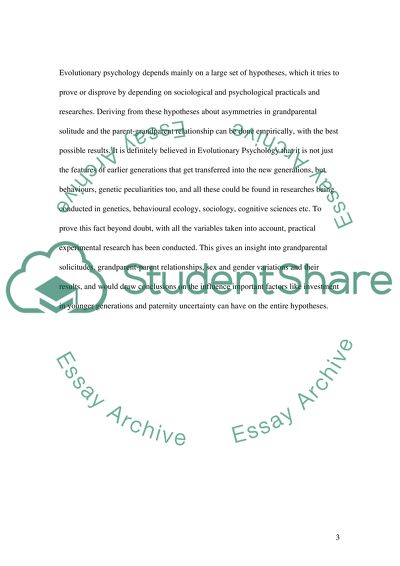Cite this document
(“Nepotism: Genes and relationships Essay Example | Topics and Well Written Essays - 1500 words”, n.d.)
Nepotism: Genes and relationships Essay Example | Topics and Well Written Essays - 1500 words. Retrieved from https://studentshare.org/miscellaneous/1538344-nepotism-genes-and-relationships
Nepotism: Genes and relationships Essay Example | Topics and Well Written Essays - 1500 words. Retrieved from https://studentshare.org/miscellaneous/1538344-nepotism-genes-and-relationships
(Nepotism: Genes and Relationships Essay Example | Topics and Well Written Essays - 1500 Words)
Nepotism: Genes and Relationships Essay Example | Topics and Well Written Essays - 1500 Words. https://studentshare.org/miscellaneous/1538344-nepotism-genes-and-relationships.
Nepotism: Genes and Relationships Essay Example | Topics and Well Written Essays - 1500 Words. https://studentshare.org/miscellaneous/1538344-nepotism-genes-and-relationships.
“Nepotism: Genes and Relationships Essay Example | Topics and Well Written Essays - 1500 Words”, n.d. https://studentshare.org/miscellaneous/1538344-nepotism-genes-and-relationships.


